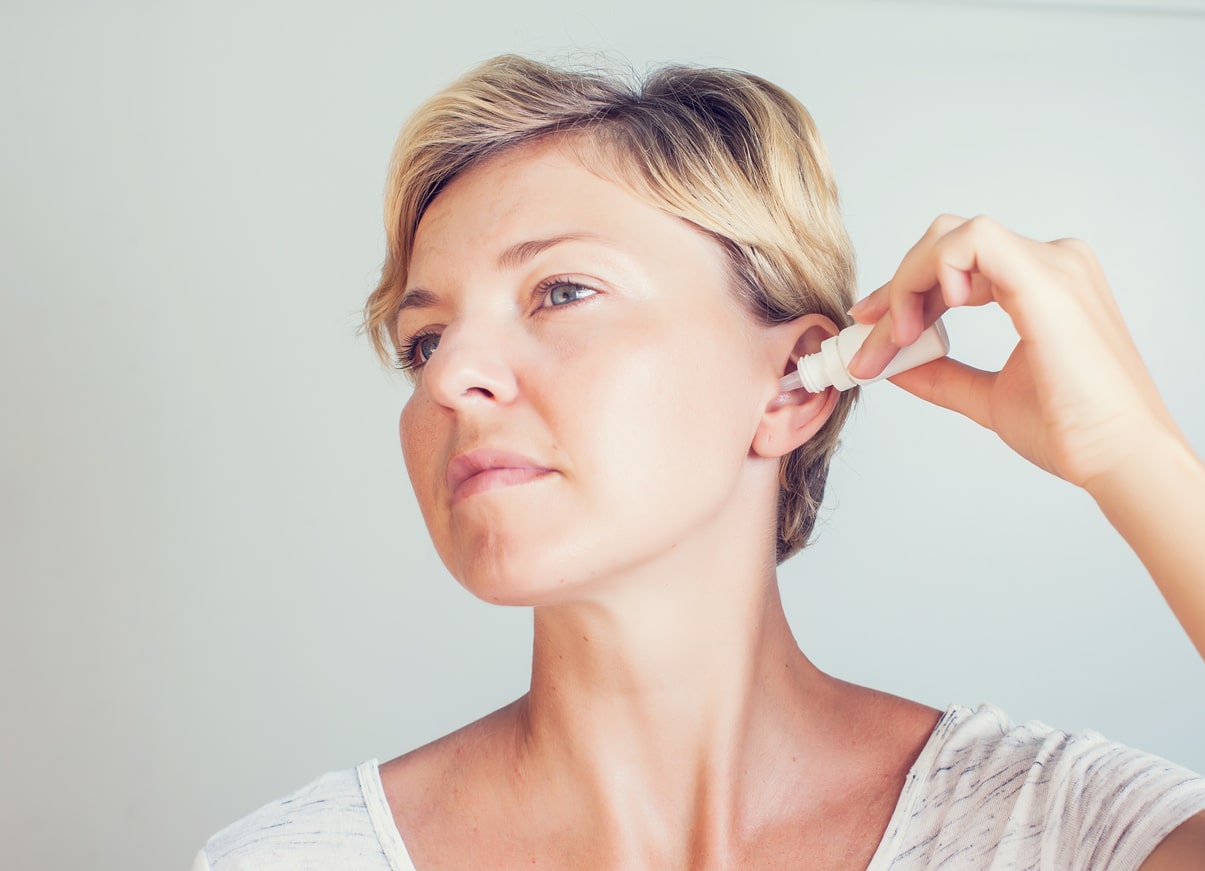Ear drops are an effective medication to treat a variety of common ailments. They are available both over the counter or through a prescription at places like Fort Wayne Custom Rx.
Let’s take a look at some common types of ear drops, the conditions they treat as well as how to use them safely.
Conditions that Ear Drops Can Treat

Ear drops are used to treat common ear problems, including:
- Ear pain
- Middle ear infections
- Earwax buildup
- Swimmer’s ear
The type of ear drops you use will depend on what exactly you are treating. Some examples of what different drops can do include:
- Acid-based detergents break up earwax
- Alcohol and acetic acid solutions are used to prevent swimmer’s ear. However, research has shown that “corticosteroids are more effective than acetic acid ear drops in the treatment” of swimmer’s ear
- Anesthetics are used for ear pain
- Antibiotics are used for bacterial infections
How To Administer Ear Drops
Read the instructions before using any ear drops to make sure you know the proper dosage and don’t have any additional questions for your pharmacist or medical provider. It’s also a good idea to wash your hands before use.
To administer:
- Fold a towel and lay it on a kitchen or bathroom counter
- Lay your head on the towel with the affected ear facing up
- Gently pull your earlobe out and up to straighten the ear canal
- Squeeze the recommended number of drops into the ear
- Keep your head down for a minute so the medication can fully reach and coat the ear canal
If both ears are affected, repeat the same process with the other ear. If you need to administer ear drops to a child, follow the same steps for them, ideally with one adult to keep the child still and the other to put the ear drops in.
Are Ear Drops Safe For Everyone?
While ear drops are typically quite safe, there are some circumstances where you should avoid using them.
- If you have a ruptured eardrum. Do not use ear drops for a ruptured eardrum unless explicitly instructed to by your doctor. It can allow chemicals into the middle ear, causing damage. If you think you have a ruptured eardrum, visit your healthcare provider before attempting any at-home treatment.
- If you’re allergic. If you’re allergic to a substance found in a particular eardrop, do not use it. Doing so could cause symptoms like burning, itching, redness and a rash around the ear. In rare cases, it could even lead to a severe reaction known as anaphylaxis.
If you’re experiencing ear symptoms that are causing you discomfort or distress, call Ear, Nose & Throat Associates today to schedule an appointment with one of our experts.